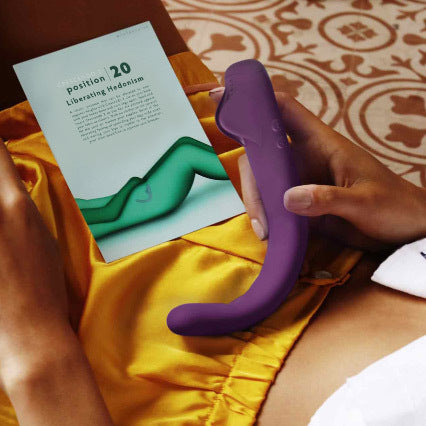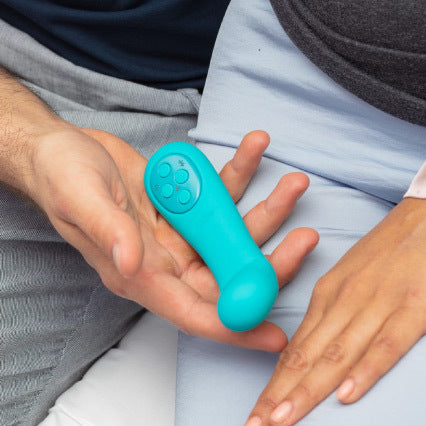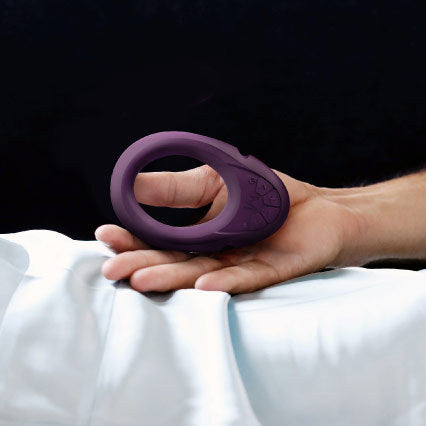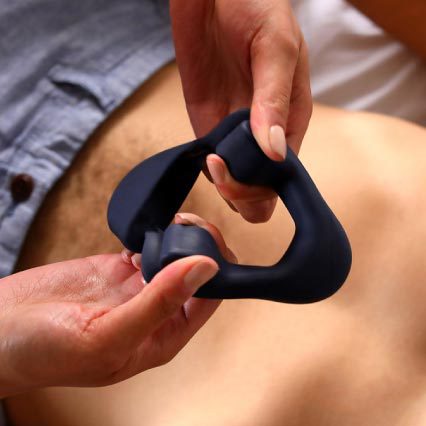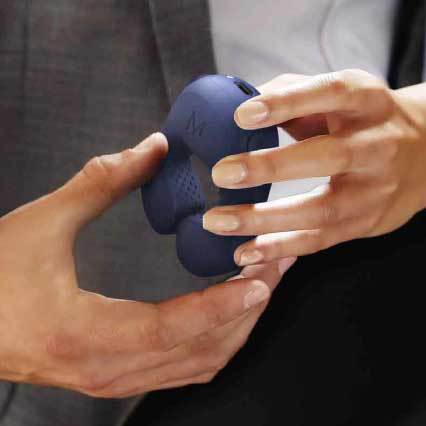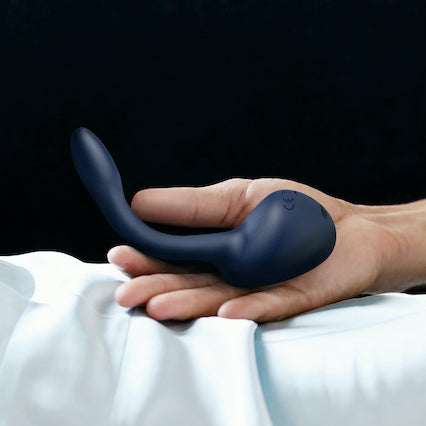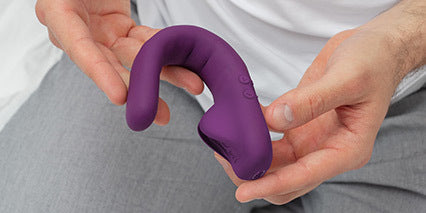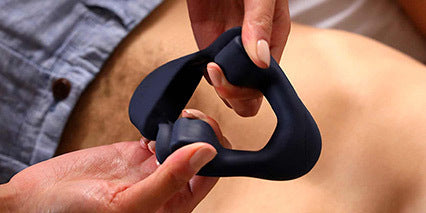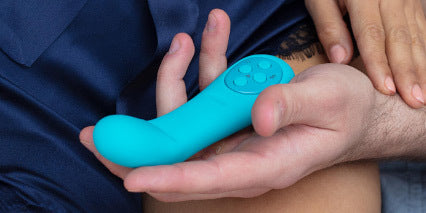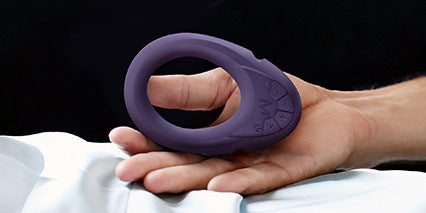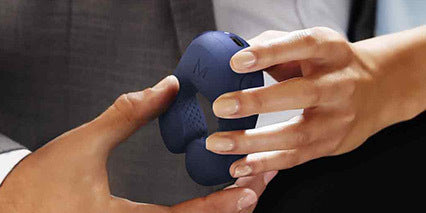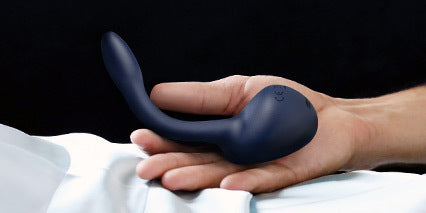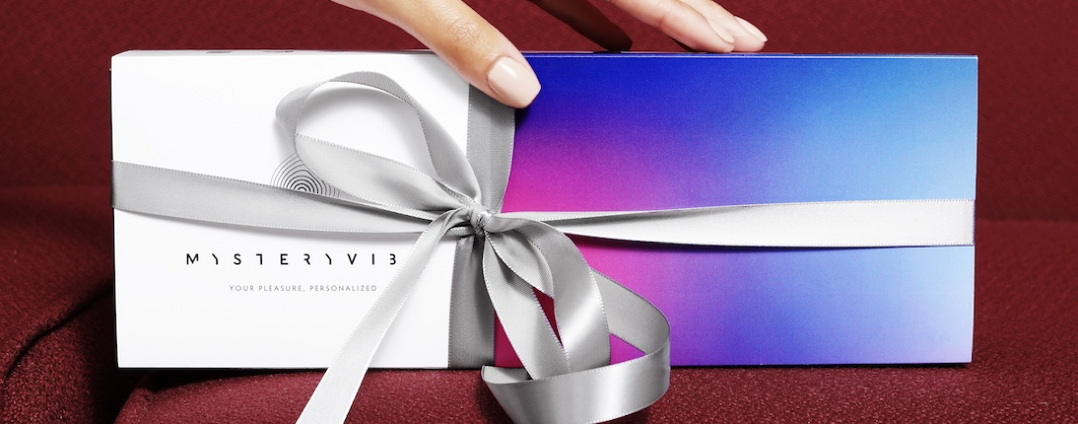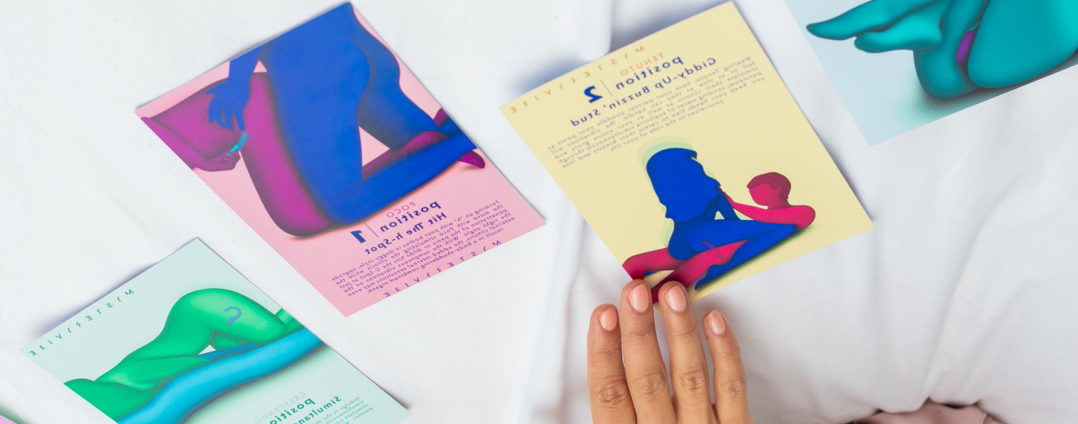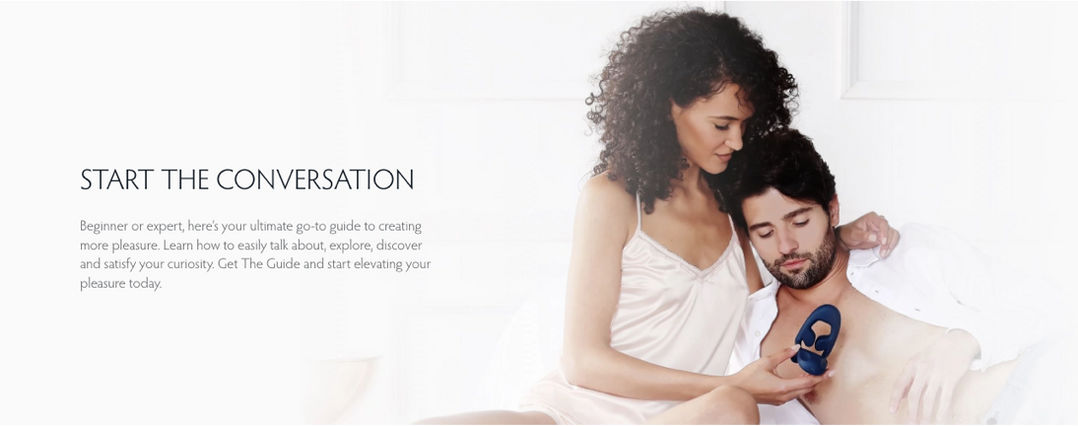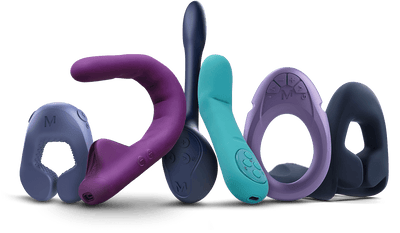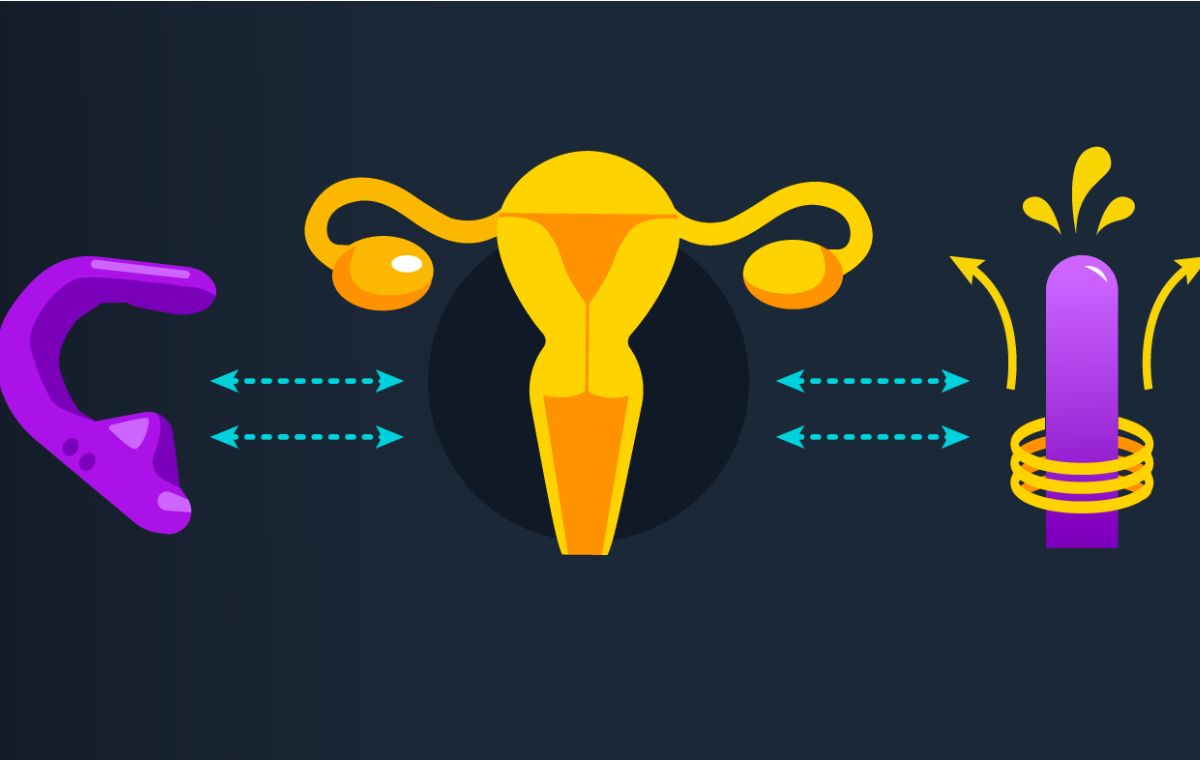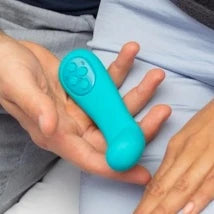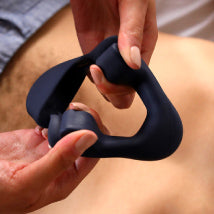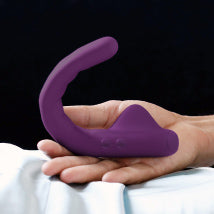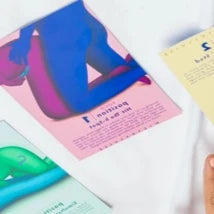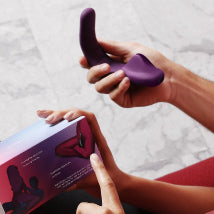Should sex education cover DIY sex toys?
After a long and difficult campaign from a number of charities, feminist organisations and sex educators, recently the UK government finally agreed to make sex and relationships education compulsory in schools. This is fantastic news, and long overdue: young people have a lot of difficult questions to navigate as they’re growing up, and piecemeal sex education, reliant on the whims and occasional misconceptions of their schools is no longer good enough.
During the debate, a lot of the focus has been on porn. Thanks to the internet, young people are now able to instantly access some pretty hardcore (and often disturbing) stuff. And though the debate is raging about what to do about this – educate young people on porn, block porn, some combination of both – there has been less focus on the other modern development that will have a big impact on youngsters: sex toys.
Sexual experimentation and ‘DIY sex toys’
Occasionally a story goes viral about some poor person getting a ‘foreign object’ stuck inside them, and having to be rushed to A+E. In the wake of the 50 Shades movies, the UK Fire Service often issues advice for amorous couples on what not to use in connection with your genitals. While this is all good advice and information, for adults who can easily access sex toys, we’d expect (hope?) that incidents of misplaced curtain rings and infection-causing vegetables to start dropping off, as more of them discover body-safe sex toys to play with instead.
But what about young people? This reddit thread, posted in 2016, is eye-opening and worrying in equal measure. It lists different objects that young women used to get themselves off in the days before they knew about sex toys – or knew how to access them.
Some are quite ingenious:
“I realised my old tickle me elmo doll felt very nice when it shook as it “laughed”. So, being a creative youngster, I cut it open and took out the part that vibrated it. I unscrewed that and cut out the speakers so it wouldn’t make that laughing noise every time you push the button, put it back together, and voila! Little me’s first vibrator.”
Others downright scary:
“A curling wand. Obviously wasn’t plugged in. But a little warmth makes it that much more real.”
All of them doing things that sex toys could do a whole lot better:
“One of those tubes of M&M minis before I was old enough to buy a real sex toy.”
Unfortunately these are not singular cases. We spoke to sex educator and broadcaster Alix Fox about some of the stories she’s heard over the years:
“In my work as a sex educator and ambassador for young people’s sexual health and wellbeing charity Brook, I’ve heard umpteen stories about inventive, often hilarious but simultaneously concerning household items that folks have used as DIY dildos or makeshift masturbation aids. One haunting tale I’ve never been able to exorcise from my mind, which I think we discussed on the Modern Mann podcast, involved a teenage girl inserting a frozen sausage inside her vagina; it was so cold that it adhered to her flesh. Thankfully, she called for immediate medical attention…from her dad, who happened to be a doctor. Damaging your foof by trying to bang yourself with an icy banger, followed by what must surely have been one of the most awkward father-daughter conversations in history – that must have been one hella painful day for that poor lass!”
Experimental masturbation and safety

We don’t want to be killjoys, but sometimes the joy has to be temporarily paused in the name of long-term safety. ‘DIY sex toys’ are usually a recipe for bad news. Sure, they might give you an orgasm in the short term, but in the longer term you could end up with an infection, cuts and bruises, or even a trip to the hospital. For those who may not be aware, some of the key problems with DIY sex toys include:
- Electric toothbrushes (and other vibrating things) being used for clitoral stimulation, or even insertion. The risk here is not just that bacteria could cause a nasty infection, but also that these items may not be designed for insertion, so they can have rough surfaces or corners that cause cuts.
- Insertable things (like the M+Ms tube mentioned above) may be hard to grip and occasionally get stuck inside. This is a particular problem when it comes to anal play – all anal sex toys need to have a flared base, to make sure they don’t disappear inside someone.
- Things made from porous or unsafe materials. Sex toy manufacturers know that there are some materials which just aren’t safe to put inside the body. This may be less of an issue for ‘external’ sex toys such as masturbation sheaths, but can be a big problem for insertable DIY toys (candles are a frequent offender), which can melt or shed inside someone. See also wooden DIY toys which can – ouch – splinter.
As Alix notes, young people have an additional barrier in acquiring the right tools for the job:
“Self-exploration and masturbation is a healthy, normal rite of – ahem – passage for young people, and I can totally understand why teens in particular commonly experiment with using everyday items to stimulate themselves. Proper sex toys can be expensive, plus it can be difficult to get hold of them: although there are no specific UK laws against retailers selling products to younger people, certain shops restrict access to over 18s or refuse to make sales to younger individuals, and shopping online can be problematic if you don’t have a debit or credit card or live with parents who will question you about deliveries of unmarked parcels. It’s very standard to see how it feels to, say, rub yourself with a plush teddy bear that you happen to have around instead – but the problems come when people masturbate with things that can cause infection or harm because they’re not specifically designed for the job. Lids come off phallic deodorant cans and lodge themselves inside people; vegetables carry bacteria; open bottles create suction and get stuck…”
So what is the solution? Some parents are happy to have the masturbation talk with their children, and give them advice on safety. Others are squeamish about it though, and will either wait for that chat to happen in sex education classes or hope they never have to have it at all. Meanwhile, young people continue doing things which are often dangerous because they don’t have the information they need to understand how to get pleasure and stay safe at the same time.

Educating young people on sex toys
How do we solve this problem? Well, part of the solution comes with modern technology too – websites for young people that give information on safe sex toy materials, and the dangers of DIY toys. Brook is a leading resource covering safe sex and masturbation. Scarleteen has a really helpful – and practical – tips, talking through some of the more common ‘hacks’ and why they are risky, as well as giving tips on how to make them safe. And of course alongside that there are articles online aimed at adults which introduce young people to the idea of vibrators, masturbation sheaths and other sex toys which may be far safer than the DIY sex toys they make at home when their parents aren’t looking.
Ultimately, we need a mixed strategy that allows young people to access information in a location and format that works for them.
Alix concludes:
“Education is the key. Young people need to know what’s safe and what is not, and I wholeheartedly welcome moves to talk about masturbation in constructive ways in schools, youth clubs, and other access points. I personally think it’s vital that sex ed doesn’t just happen in educational establishments, too, since so many young people feel disenfranchised by the academic system or don’t feel able to talk frankly and honestly about sexual matters with their teachers – however great we make lessons, in my opinion a multi-faceted approach is essential. The more ways we can give young people access to accurate, relatable, easy-to-understand info, that doesn’t shame and that includes all backgrounds, genders and sexualities, the fewer sorry situations and masturbatory mishaps we’ll see – and the happier and healthier we will make future generations. Brook have some excellent materials on their website, both for young people and those who want to speak to them in supportive ways.”
There are lots of reasons to celebrate getting compulsory sex ed into schools – hopefully young people will grow up with a more rounded understanding of sex and relationships. Less focused solely on the ‘plumbing and prevention’ model of babies, condoms and STIs, and more centred on identity, pleasure and consent. And perhaps in a couple of generations, we’ll see fewer young people experimenting with dangerous DIY sex toys, because they will be more aware of the problems behind them. And better able to find sex toys designed for exactly their purposes, which won’t leave them with infection or a trip to A+E.

